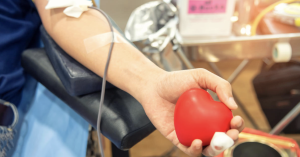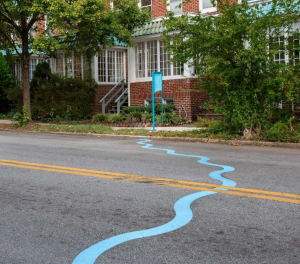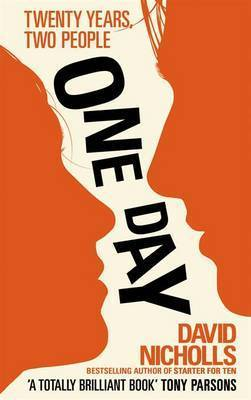Locking Down The Details
Alert, lockdown, inform, counter, evacuate. A.L.I.C.E
This is the new program that the students in our schools are trusting our lives to, but will this make us safer?”
The old procedures were simple. Turn off the lights and huddle together in the back of the room. It was a system that hinged solely on the idea that an active shooter would assume that because the lights were off, we weren’t there. Now with the new ALICE procedures, the situation becomes a little more complex. In short, ALICE is a procedure based on the ability of the students and teachers to think rationally in an intense situation.
The expectations are that if we are unable to escape the school safely (through a window or fire exit) then we are to spread out to the safe areas of the classroom, armed with something heavy to the throw. From there it’s just a matter of hoping that the shooter does not come into your classroom. Also, with their new training, we are hoping to rely on our teachers to disarm and immobilize the shooter while we use our surroundings to confuse them.
The new ideas involved in ALICE are well thought out and eradicates many of the previous grey areas in safety, but these kinds of situations are filled with the unknown. We can’t be expected to know how a person crazed enough to bring a gun to a school will think and act.
We as a school need to rely on our ability to stay calm and trust that the adults and staff of our schools were given the tools to keep us safe.
This, in turn, becomes a question of is our teachers properly equipped with the tools to handle a school lockdown properly?
English teacher, Mr. Busselman said, “We all went through the ALICE training for a couple of hours one day. I think the reality of us reacting to that situation is a completely different matter. I think in some cases it will largely depend on our ability to think rationally at that moment where it really matters. Whether or not the training was enough is a question that can only be answered if we ever must face that unfortunate circumstance. ”
Ms. Wallace, a teacher at Owings Mills Elementary, had a similar experience in that their schools made sure the teachers had a thorough knowledge of ALICE procedures and played through a life like an exercise. “I think we are pretty well informed, we went through a pretty serious training on how to swarm and hold a person down, I was part of that, and that guy did not move. We all examined our rooms and made our plans if we had to lock in and could not leave. I feel pretty solid about it.”
Knowing that our teachers now have a background in handling an active shooter, the next step in school safety should be to find the areas that this new policy has neglected to address. Where in our school are, we lacking in proper protection?
English teacher Busselman said, “I was mentioning backpacks as a grey area, you know students are able to carry things into the campus that they already aren’t allowed to. It is always a great unknown.”
Something we are working on here at Towson is preventing students from letting other students in from the outside lobby doors before they buzz in. It can be hard to think that something as small as letting a fellow student into the school could end with our lives being at stake.
When we see someone our age knocking on a side door our first thought shouldn’t be is this kid be dangerous? Our brains are trained to see the good in others. We aren’t trained to analyze the eyes of someone smiling on the other side of a window. A fix to this is simply for students to enter the building from one of the authorized points in a school. Schools are aware that there are grey areas in school safety, and we can only hope that they will always be working to make our school the safest it can be.
ALICE is a step in the right direction.
Wallace says “If you had asked me that question before ALICE then I would have probably given you fifteen points of grey scary areas.” Wallace followed this thought with a grey area that is introduced by the new ALICE program. “I think the only thing is that for example they tell us to go to a safe place, but no one has told us where that safe place is yet. We should go to the gas station down the street, but it is more about now us teachers thinking on our feet.”
No system can be perfect, and while our schools are taking a step in the right direction, there will always be these grey areas. At the end of the day what’s important is if we feel safe. Both Busselman and Wallace agree that while ALICE doesn’t make them feel totally safe, they feel safer than before the program was implemented.
Busselman said, “I don’t know that the training is intended for us to necessarily feel safe, but more capable and more prepared to secure our safety. So, I think it helps us to recognize that those situations recall for more than a passive hide then hope.”
Wallace said, “I don’t know if I would feel safe, but I would feel safer with the new plan…No, I was never going to follow the old plan, I was always going to follow the ALICE plan.”
















